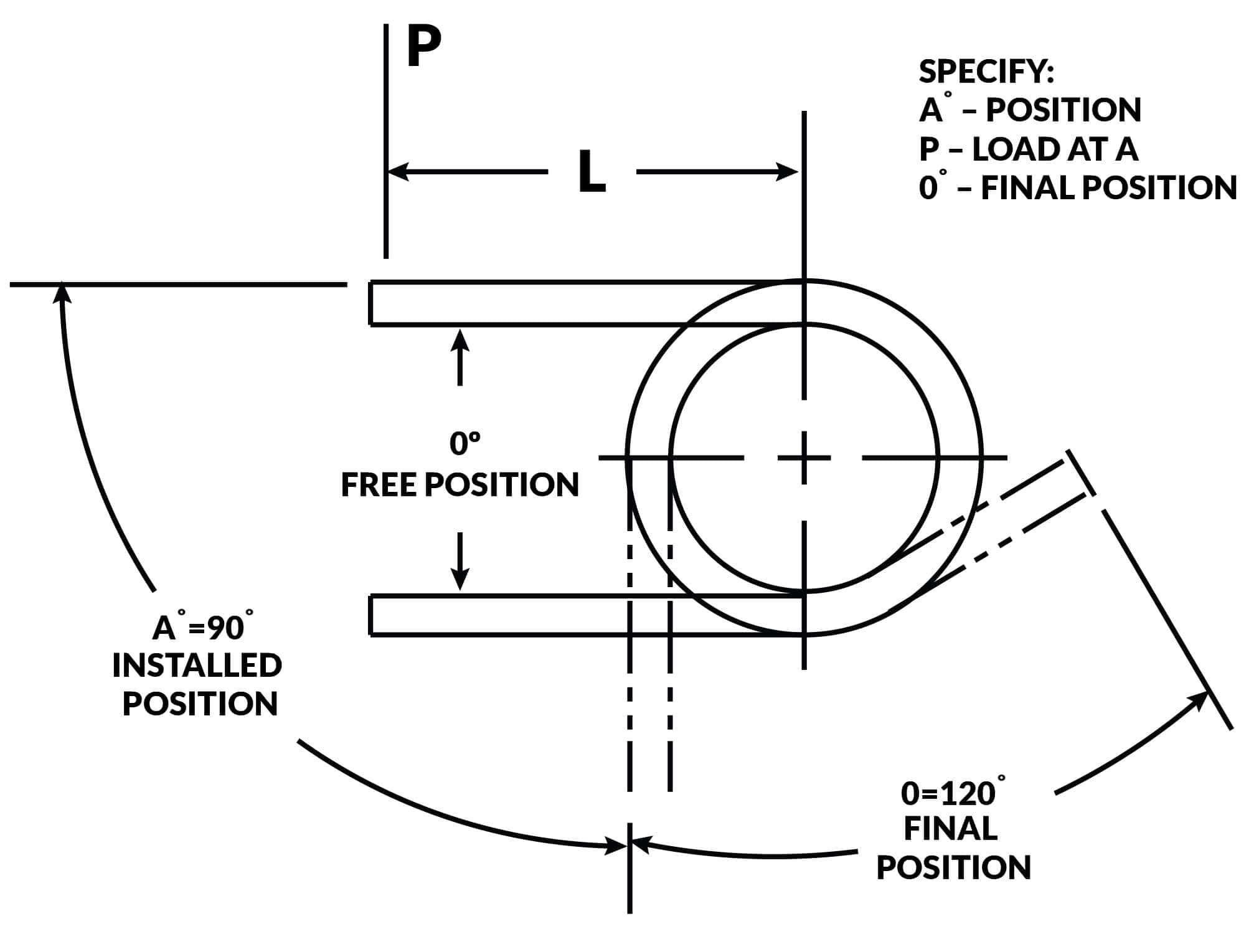Get unique, complex parts easily. No matter your requirements, Chaoyi Spring creates hard-to-produce coil springs and wire forms.
Let us help you create the custom wire form you need, from S-hooks and J-hooks to utility hooks and more.
We work closely with customers across a wide range of industries, helping them design and manufacture made-to-order parts.
Why choose Chaoyi Spring? We prioritize customer-focused collaboration, modern equipment and the latest technology to make your parts per print.
Find the information and guidance you need, from measuring a spring to learning about materials, placing an order and much more.
Coil springs, those ubiquitous helical structures, are integral components in numerous mechanical systems, playing a crucial role in absorbing energy, providing support, and regulating movement. Compressing a coil spring is


Coil springs, those ubiquitous helical structures, are integral components in numerous mechanical systems, playing a crucial role in absorbing energy, providing support, and regulating movement. Compressing a coil spring is a fundamental operation that involves applying force to shorten its length, storing potential energy within its elastic structure. Understanding the mechanics of coil spring compression is essential for engineers, designers, and anyone involved in applications where these springs are employed. This article delves into the principles of coil spring compression, exploring its impact on spring characteristics, the factors influencing compression force, and the diverse applications where this process is indispensable.

Coil springs, as their name suggests, are formed by coiling a wire into a helical shape. This design inherently possesses a natural tendency to resist compression, seeking to return to its original length when external forces are removed. When a force is applied to the end of a coil spring, the coils come closer together, reducing the spring's overall length. This compression process stores energy within the spring's elastic structure.
The compression of a coil spring is governed by Hooke's Law, which states that the force required to compress a spring is directly proportional to the distance it is compressed. This relationship can be expressed mathematically as:
F = kx
where:
The spring constant 'k' is a crucial property that dictates the spring's behavior under compression. A higher spring constant indicates a stiffer spring, requiring more force to compress it a given distance. Conversely, a lower spring constant corresponds to a more flexible spring that compresses more easily.
Several factors influence the force required to compress a coil spring, in addition to its inherent spring constant:
The compression of coil springs plays a vital role in a wide array of applications across various industries. Some notable examples include:
When compressing a coil spring, it's crucial to consider several factors to ensure proper operation and prevent damage. Here are some key points to keep in mind:
Compressing a coil spring is a fundamental process with profound implications across various fields. Understanding the mechanics of coil spring compression, including Hooke's Law, the factors influencing compression force, and the diverse applications, is essential for engineers, designers, and anyone working with these springs. By considering the compression limits, solid height, and potential for fatigue, we can utilize coil springs effectively while ensuring their optimal performance and longevity. From automobiles to medical devices, coil springs continue to play a crucial role in our world, and their compression remains a cornerstone of their functionality.
In conclusion, the compression of a coil spring is a simple yet powerful process that unlocks a wide array of possibilities in engineering and design. By carefully considering the factors influencing spring compression, ensuring proper operating conditions, and understanding the applications where these springs excel, we can harness their unique properties to build innovative and reliable systems.
Browse some of the custom wire forms and springs that we manufacture. Don’t see what you need? We specialize in made-to-order products that meet your application requirements.
Visit Our GalleryNeed a custom wire form or coil spring? We make it work. Fill out the contact form and a representative will respond within 1 business day. If you have a PDF or CAD file, you can submit to request a quote.